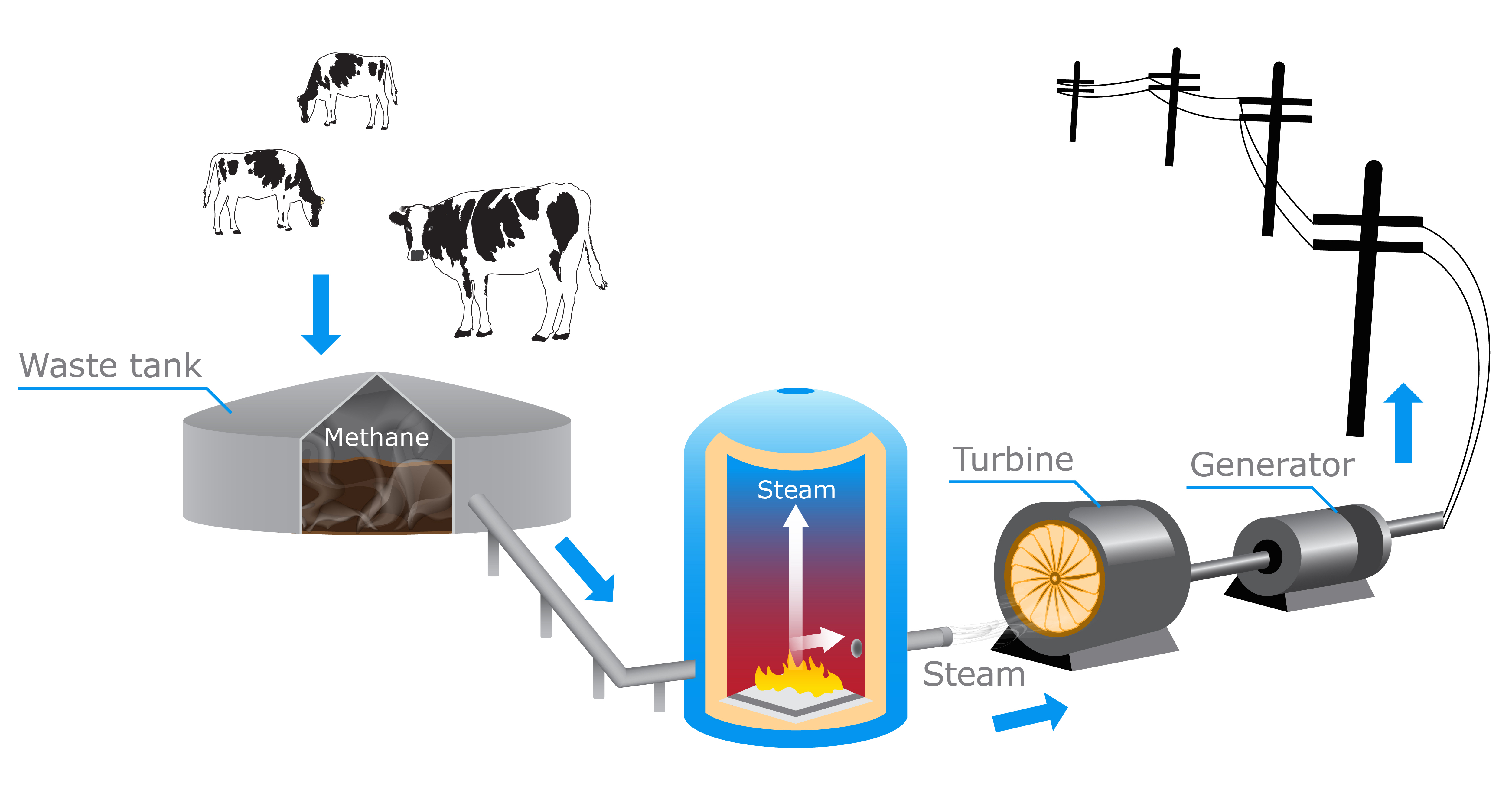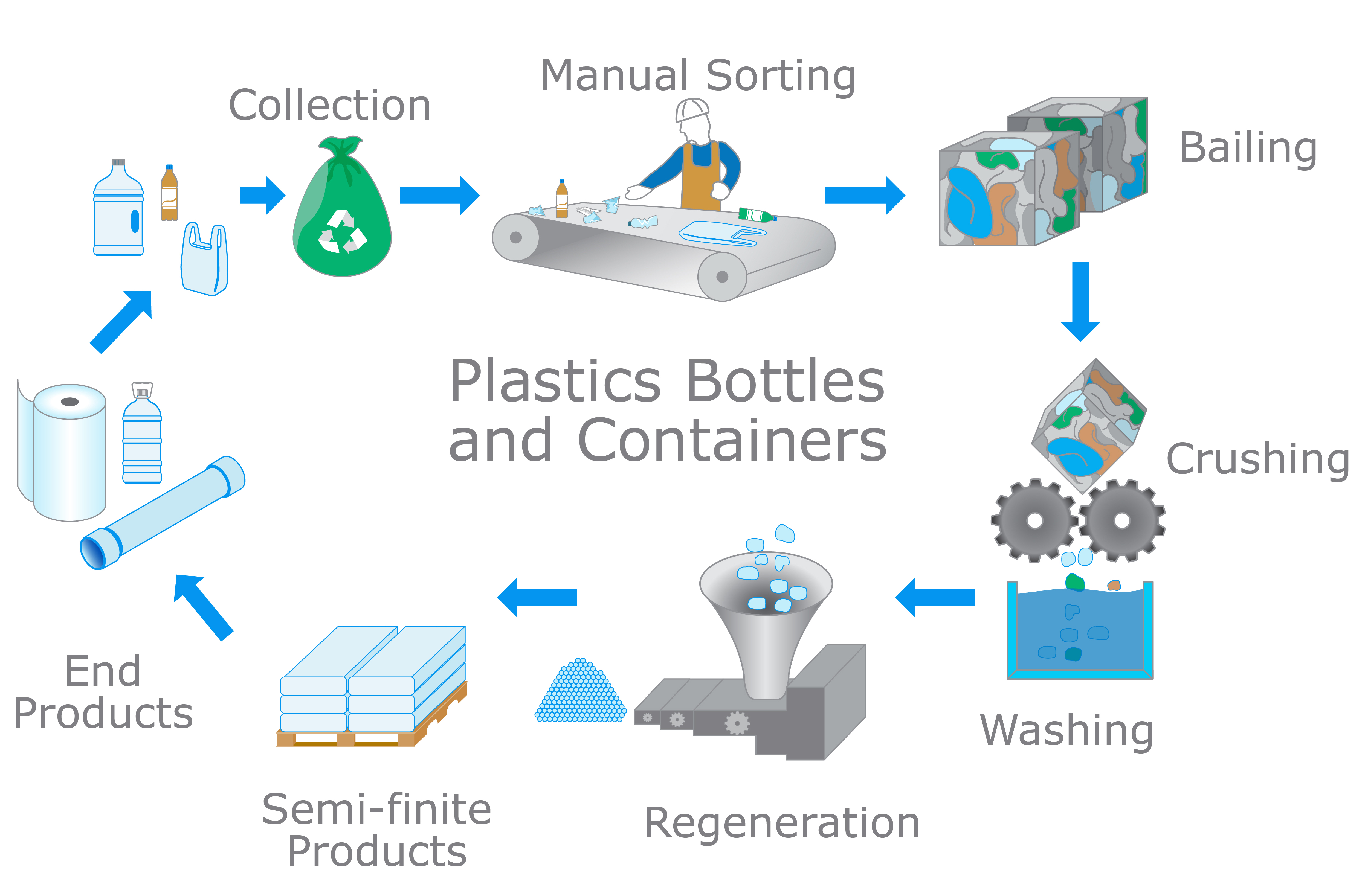Today you cannot have a discussion about recycling without discussing waste management. Plastics and packaging waste, manufactured from oil-based feedstocks are of increasing concern as our communities, waterways, and wildlife continue to bear this burden. It will take a focused effort from all parties to solve these growing pollution hazards.
Incineration Plants—Thermal Recovery
Waste-to-Energy (WTE) is one recovery route for Nature-Pack™ bioplastics due to the overall high percent of the bio-based content. Our materials have high caloric values and burn cleanly making them an excellent source of energy when combusted.
The downsides to WTE facilities are many. They are very expensive to build ($200 million+) and require a constant stream of waste from local municipalities for at least 20-30 years to cover the infrastructure cost of the plant. These long-term agreements divert valuable resources that could be used for recycling or composting practices. The combustion process consumes large amounts of energy (burning at up to 2000˚F) and by its very nature is a polluting process that emits significant greenhouse gasses into the atmosphere.
When you burn trash, you discourage recycling and/or composting of valuable materials that could have otherwise been repurposed or composted. Those end-of-life options are seen as a direct competitor to incineration because both are competing for the same waste. When you recycle or compost materials, you conserve three to five times more energy than is generated by combustion.
WTE facilities should be a last resort for products that cannot be recycled efficiently or sustainably. WTE conversion efficiency in even the most advanced plants is around 30% due to high moisture contents of mixed trash. Landfills are always in proximity to the facilities, and the spent ash is disposed of on a daily basis.
There are unique benefits of WTE facilities. They can provide hygienic treatment of particular types of waste such as biohazardous hospital waste and traditional oil-based plastics that contain a combination of materials which cannot recycle. Most people are unaware that the overwhelming majority of plastic pouches, bags, and liners have combinations of different plastics in them which renders them unrecyclable because you cannot separate the layers. Most of these items will have a plastics recycling code printed on them with the number (7) which means other.
Anaerobic Digestion—Biogas
Anaerobic digestion is the natural process of bacteria that operates with no sunlight or air (oxygen), primarily taking place in swamps, deep sea, and garbage piles. In the case of biogas, a large capture tank is utilized. Anaerobic digestion is an alternative to composting for a broad range of organic matter, such as livestock manure, food waste, plant matter, municipal wastewater solids, fats, oils, and grease.
This is a biological process that occurs when certain bacteria or microorganisms break down organic matter in the absence of oxygen and sunlight. This process creates a valuable form of renewable energy called biogas which is 60% methane and 40% carbon dioxide with trace amounts of other gasses. Biogas also is known as bio-methane is renewable and sustainable clean energy that is CO2 neutral. Biomethane gas captured in the anaerobic digestion process tanks can be combusted to generate heat, electricity, thermal energy, or sent directly to a natural gas pipeline to use on the grid.
Anaerobic Digestion is a form of organic recycling that recovers value in the shape of energy from what otherwise would be a waste. It is an attractive alternative compared to bury-or-burn practices. All Nature-Pack™ materials are valuable inputs in this process.

Recycled Packaging
The fact of the matter is this, only 15% of all plastics end up recycled. There are many factors to consider regarding the recycling of plastics and packaging in general. If we can divert material away from the waste stream and efficiently recover it, and turn the waste into new materials, it is a win-win for the planet. Plastics can be complex or simple in form. For companies to achieve goals regarding consumer usability, barrier properties are required for packaging strength, print quality, and general protection. Manufacturers of plastics have an ever-growing suite of combinations they can offer for recycling.
Plastics can be tailored to meet barrier requirements, graphics requirements, and a host of other features. The vast majority of flexible packaging sold today is co-extruded, which can be up to 11 separate layers or singular films that make up a different polymer group. Each layer has to be bonded together with what’s called a “tie layer” because these materials need help bonding because of different properties and melting points. Once you combine these layers, it can no longer pass recovery through separation of layers, and this packages end-of-life is most likely the landfill. Unfortunately, this is 90% of what is in the marketplace today. Critics would argue that there’s a financial benefit due to thinner structures, but this is not a good excuse for our planet.
Nature-Pack’s biobased foam is curbside recyclable through the paper stream. This eliminates the worry regarding landfill waste, even if composting isn’t a convenient option for the end user.


